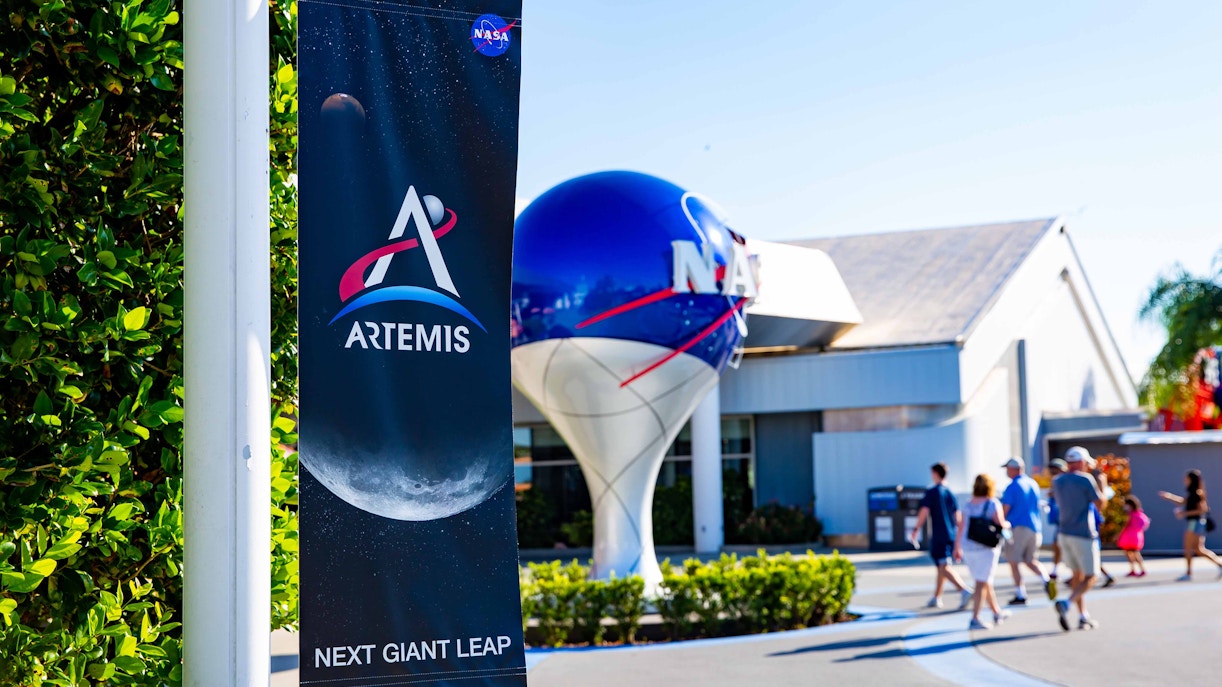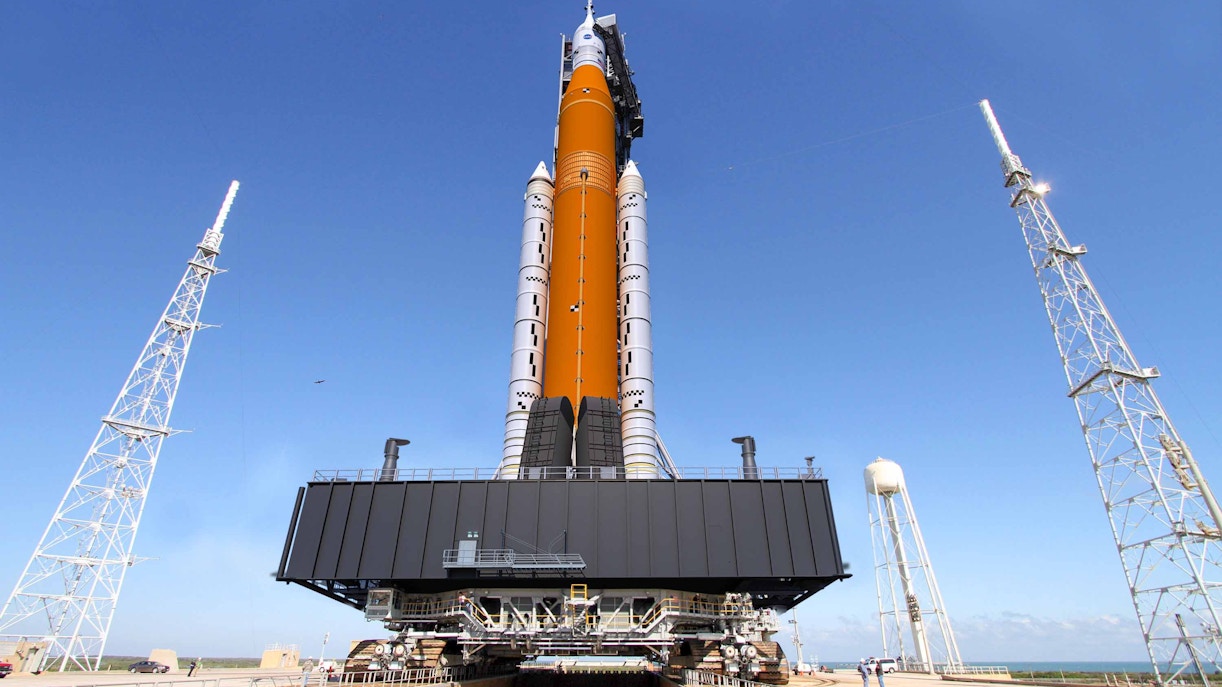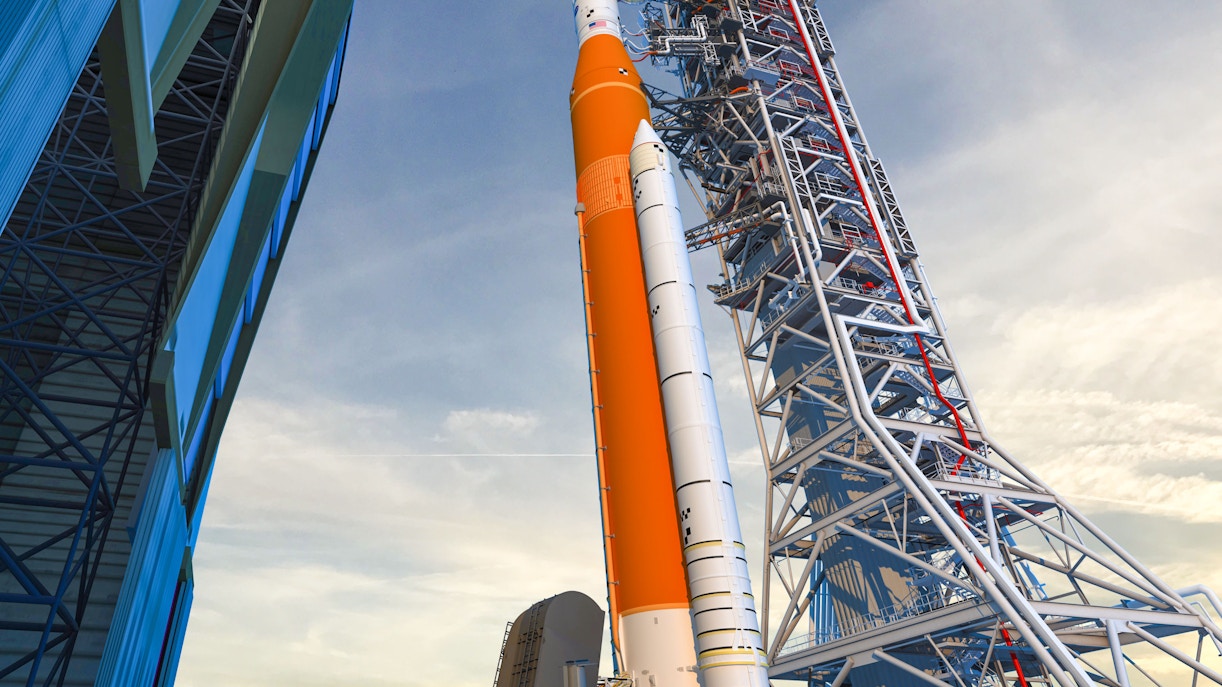It has been almost 50 years since astronauts last walked on the lunar surface during the Apollo program. With the Artemis mission, NASA looks to revisit the Moon and pave the way for a diverse and inclusive future in space exploration. The space agency aims to accomplish a series of firsts, including landing the first woman and the first person of color on the lunar surface.
About the Artemis missions















